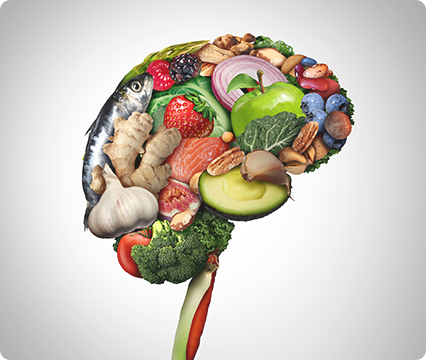Association between drinking water quality and mental health and the modifying role of diet: a prospective cohort study.
Environmental variables significantly influence the pathophysiology of mental diseases. The purpose of this prospective cohort study by Zhou et al. (2024) was to determine whether the metal and non-metal components in drinking water influence the risk of anxiety and depression. 24,285 individuals free from anxiety and depression from the Yinzhou cohort study (2016-2021) were recruited for this study. The quantities of metals and non-metal elements in tap water samples from nearby pipeline terminals were multiplied by the total amount of drinking water used daily to determine the exposures. An average follow-up of 4.72 and 4.68 years yielded 1334 and 773 instances of anxiety and depression, respectively. Analysis of the results demonstrated that the incidence of depression decreased by 8% for every standard deviation (SD) rise in manganese intake. On the other hand, the incidence of depression rose by 6% and 8%, respectively, with a 1 SD rise in copper and cadmium exposure. For every standard deviation increase in manganese, iron, and selenium exposure, the incidence of anxiety rose by 39%, 33%, and 14%, respectively. The authors note that the relationships between metal and non-metal elements and anxiety risk are moderated by diets. Older participants, with lower incomes and less education, showed stronger correlations. The authors conclude that strong correlations exist between anxiety and depression and exposure to metal and non-metal elements. To a certain degree, diets controlled these connections. [NPID: Depression, Anxiety, metals element, non-metals element, drinking water, cohort study]
Year: 2024
 Navigation
Navigation






